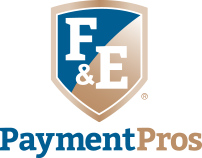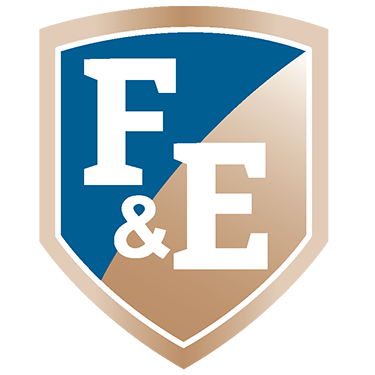Processing In-House | Cash | U.S. Currency
Counterfeiting of U.S. currency continues to be on the rise largely due to the advances in technology which make replication easier, faster and cheaper at a higher quality than ever before. Organizations accepting cash need to be aware and arm themselves with the proper tools to identify suspect counterfeit notes fast, efficiently and effectively.
Cash handling and counterfeit detection — fast and efficient, accurate and practical.
Bill Counter
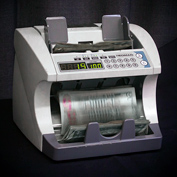
A basic bill counter that simply counts the number of notes in a stack. Typically these machines will batch for strapping of money, pausing after counting a quantity set by the operator. These machines range in cost from $50 to $700. Quality, commercial units generally start at $400. Prices vary depending on manufacturer, speed and quality…better quality machines can run several years before needing professional service. Standard bill counters do NOT detect denominations, value notes much less stacks of notes, nor scrutinize for suspect counterfeits.
Features and options may include:
- Speeds of 400 to 1,200 notes per minute
- Variable speed settings
- Gap adjustment
- Preset and custom batches
- Cumulative add and clear
- Batch (es, ing) – creating uniform counts of bills
- Notes – used interchangeably for legal tender made from specialized paper or paper composite
- Coin – legal tender, metal based
- Currency – legal tender of any denomination, bills (or notes) and coin
- Counterfeit – illegal replicate of legal tender
- Counterfeit detection – any process used to determine a suspect counterfeit
- Strapping – securing a batch of bills typically with a paper strap identifying the count and value of the batch
Bill Counter with Counterfeit Detection
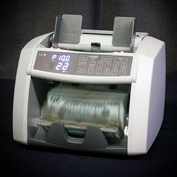
Counterfeit detection (CF) modes enhance a basic bill counter providing one or more types of scrutinization of currency ultimately aiding the operator in quickly identifying suspect notes in a stack of bills. Common modes are UV (ultra-violet), MG (magnetic) and note size and/or density sensors in the unit. Typically the various CF modes may be toggled off during counting if desired – i.e.: in counting very worn and old notes, the CF modes may give many false suspects. The counterfeit detection feature typically adds $150 to $300 to the price of a quality, commercial duty currency counter. Standard and CF bill counters do NOT detect denominations of notes. Features and options may include those found on a standard currency counter plus…
UV, MG, FL, MT & IR
Discriminator Bill Counter/Sorter with CF Detection
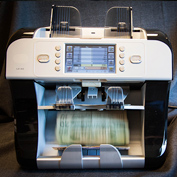
Discriminator Bill Counter/Sorters have the additional feature of identifying the denomination being counted. Typically these machines can:
• Sort by denomination allowing the operator and machine to quickly stack notes
• Count and value a stack of notes—i.e.: displaying the quantity of each denomination, the total value of each denomination and the cumulative total value of the stack of mixed notes
• Face and orient a stack of notes so all notes are face up and oriented right side up in a stack
Two-pocket machines provide far more efficient count, sort and authentication of currency as the machine runs continuously through a stack while separating suspects and non-conforming notes into a second “reject” pocket. Bill Counter/Sorters will frequently support an attached receipt printer enabling the operator to print the display on the machine including counts and values by denomination and totals. For a quality, commercial-duty discriminator bill counter/sorter, budget $2,200 to $3,000 with an optional printer.
